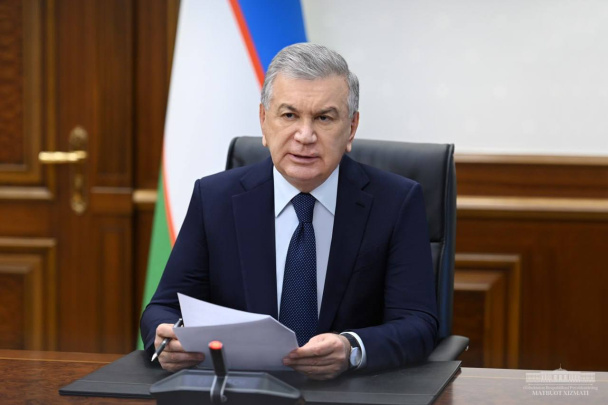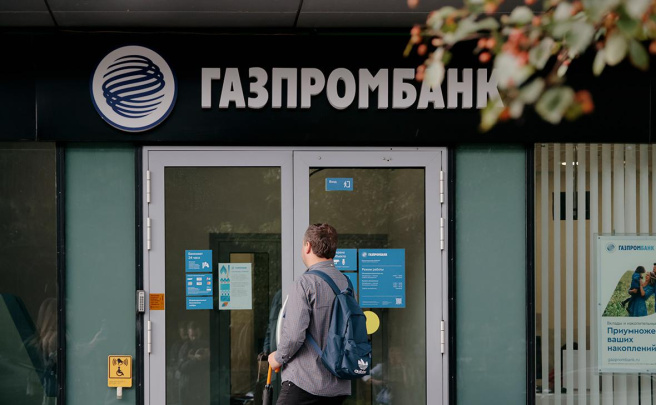According to the expert, when countries cooperate, they prosper.
“Increased dialogue between nations can boost trade in goods and services, open larger markets for businesses, and strengthen energy security. Energy sharing is particularly important in Central Asia – a region with rich but unevenly distributed fossil fuel and hydro resources,” Seung Duck Kim noted.

The region has a readily available platform that can help expand energy trading and boost regional energy security
Kazakhstan, Turkmenistan, and Uzbekistan are rich in fossil fuels, while the Kyrgyz Republic and Tajikistan have extensive hydropower. Yet in winter, the hydro-rich countries suffer from power shortages due to a combination of reduced water flow and higher demand for heating. The solution is for these countries to share energy.
“To achieve this, they need physical infrastructure such as transmission lines to move electricity in bulk and a governance structure to ensure the market functions properly. An integrated system would enable the hydro-resource rich nations to buy electricity from their fossil-fuel rich neighbors in winter, while surplus power can flow in the opposite direction in summer,” the specialist stressed.
He notes that countries in Central Asia have begun to expand regional cooperation. In August 2020, Afghanistan and Uzbekistan signed a decade-long power purchase agreement while a new 500kV transmission line will connect both countries. In 2019, the Central Asia Regional Economic Cooperation (CAREC) Program’s 11 members signed a landmark energy cooperation agreement.
Investments have continued to flow into the region’s other mega projects including the Turkmenistan-Uzbekistan-Tajikistan-Afghanistan-Pakistan electricity project, the Central Asia South Asia Electricity Transmission and Trade Project, and the Turkmenistan-Afghanistan-Pakistan-India gas pipeline.
With strong momentum towards greater regional connectivity, there is renewed attention on the strategic importance of the Central Asia Power System. Built in the 1970s, power sharing under the system has steadily declined in recent decades. But given the system connects Kazakhstan, the Kyrgyz Republic, Tajikistan, Turkmenistan, and Uzbekistan, it can act as a readily available platform for regional energy security.
Here are four ways to help advance the regional electricity grid as a platform for deeper regional integration.
First, it is essential to ensure adequate transmission capacity in the region, which is a pre-requisite to enabling power trading. Transmission systems in Central Asian countries are generally old and inadequate – they must be strengthened at the country level to meet fast-growing national demand. In parallel, regional interconnectivity needs to be conceived to enable power to flow to other countries.
However, cross-border interconnectors will need to generate large bilateral gains to outweigh the costs and thus should be thoroughly and independently studied. Longer-term, ongoing regional network development plans supported by the Asian Development Bank will help to identify critical corridors for regional interconnections.
Second, harmonizing regulations to facilitate greater power trading. Currently, power is traded across the region based on bilateral contracts with agreed tariffs between two parties, while ancillary services such as frequency regulation follow established rules in the Central Asia Power System and interconnected Russian system.
Instead of re-inventing the wheel, the rules of the Central Asia Power System could be further refined and harmonized to provide better governance which could facilitate trading. The Coordinating Dispatch Center, CDC Energia, located in Tashkent, Uzbekistan for example, could function as a regional transmission system operator.
Different market mechanisms need to be assessed for deeper integration including market pooling and day-ahead/real-time trading, which can facilitate different forms of electricity trading between countries. This may also lead to more competition than in bilateral arrangements and result in more efficient use of resources.
Based on past experiences, this will be a long and complex process so a roadmap for reform and development of the regional power market should also strengthen the institutional and governance arrangements, and the design of the integrated power market.
Third, domestic reform efforts must continue. The region is characterized by a range of market structures and uneven market development because of the varying speeds of electricity market reform. While regional trade can still happen without significant market reforms, in many cases, effective electricity trade also requires reform at the domestic level. For instance, energy subsidies, particularly fossil-fuel subsidies, should be phased out gradually as they distort the accurate prices of the traded power, making price determination difficult without cross-subsidizing neighbors.
Third-party access to the transmission networks is necessary for power transit to move through different jurisdictions. Measures to improve the sustainability of a country’s own electricity market are pivotal to the creditworthiness of power importers and exporters. Going forward, continuous regional commercial power trading will eventually require a more flexible market structure. Renewed attention needs to be paid to electricity market reform at the country level.
Lastly, the Central Asia Power System can serve as the springboard to introduce more renewable energy into the region’s energy mix. The system was originally designed to balance the uneven distribution of fossil fuels in Kazakhstan, Turkmenistan, Uzbekistan, and hydro resources in Kyrgyzstan and Tajikistan through electricity trading – the same principle can facilitate the shift to green energy systems of countries by relocating carbon emissions from one country to another that can manage emissions more efficiently, and eventually reducing them.
One of the benefits of regional interconnection includes shared reserve margins which can introduce additional capacity in the region, and act as a buffer against energy intermittency – one of the main factors affecting renewable energy. Given that solar and wind-based systems are dependent on the amount of sunlight and wind at any given time and can be subject to seasonal variations, electricity from these sources is inherently affected by intermittency.
Better interconnected capacity would enable countries to use the capacity of neighbors, enabling greater flexibility to accommodate variable renewable energy in the region.
“A reformed Central Asia Power System could spur private sector investment to further accelerate the expansion of renewable energy. Smarter and innovative technical solutions should be considered at the regional level under broader initiatives such as the Central Asia Regional Economic Cooperation program,” Seung Duck Kim says.
With strong momentum to expand and deepen regional cooperation and a readily available platform, the core building blocks are in place in Central Asia.
“With further reforms to strengthen regional connections, the resulting energy security, resilience and economic competitiveness will in turn build the confidence essential for further investments in the region,” the expert concluded.





